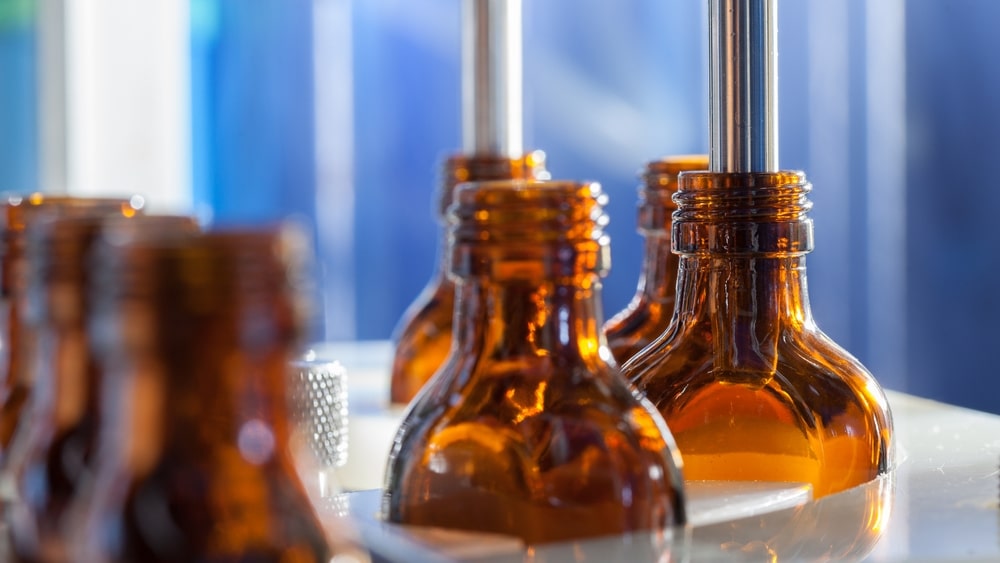Liquid orals mainly constitute drug/s in a solvent/s along with essential additives. A list of additives with examples is given here. Formulation and Manufacturing Considerations of Syrups. Suitable additives are selected for the preparation.
Table of Contents
Additives and Components
Preservatives
Liquid orals must be preserved using preservatives so as to get protection from microorganisms. No Single Preservatives exist that satisfy all of those requirements for all formulations. The Selection of a preservative system must be made on an individual basis using published information and in-house microbiologic studies for guidance. Frequently a combination of two or more preservatives is needed to achieve the desired antimicrobial effect.
Microorganisms can enter into the liquid orals through the following sources:
- Raw materials (Solutes & solvents)
- Containers (iii) Equipment
- Manufacturing environment
- Operators
- Packaging materials
Examples of Some Pharmaceutically Useful Preservatives
Acidic: Phenol (0.2-0.5), Chlorocresol (0.05-0.1), o-phenyl phenol (0.005-0.01), Alkyl esters of para hydroxy-benzoic acid (0.001-0.2), Benzoic acid and its salts (0.1-0.3), Boric acid and its salts (0.5-1.0), Sorbic acid and its salts (0.05-0.2).
Neutral: Chlorbutanol (0.5), Benzyl alcohol (1.0), 0-phenylethylethyl alcohol (0.2-1.0), Mercurial Thimerosal (0.001-0.1), Phenyl Mercuric Acetate and nitrate (0.002-0.005), Nitromersol (0.001-0.1)
Quartenary ammonium compounds: Benzalkonium chloride (0.004-0.02), Cetylpyridinium chloride (0.01-0.02)
An effectively designed preservative system must retain its antimicrobial activity for the shelf life of the product. To ensure compliance with this precept the preservative characteristics of the product in its final form (including formulation and package) must be studied as a function of age. The best method of demonstrating preservative characteristics is by microbiologic evaluation.
Specific organisms generally recognized as undesirable in oral liquids include Salmonella species, Escherichia Coli, Enterobacter species, Pseudomonas species (commonly P.aeruginosa), proteolytic species of clostridium, and Candida Albicans.
Sweetening Agents
Sweetening agents generally constitute a major portion of the solid content in those dosage forms requiring them.
Examples of sweetening agents:
Sucrose, Liquid glucose, Aspartame, Saccharin,
- Sucrose has had a long history of use. It is soluble in aqueous media (solutions containing approximately 85 % sucrose can be prepared). It is chemically and physically stable in the Ph range of 4.0 to 8.0.it is frequently used in conjunction with sorbitol, glycerin, and other polyols which reduce the tendency of sucrose to crystallize
- Liquid Glucose is an extremely viscid substance that imparts sweetness to liquid formulations. Although liquid glucose is not a pure chemical entity, its method of manufacture can be well controlled, and batch-to-batch variability is usually not a significant problem.
- Saccharin is used to supplement sugars and polyols as sweeteners. It is approximately 250 to 500 times as sweet as sugar, but it can have a bitter aftertaste if not properly used in the formula.
- A New Synthetic Sweetener, Aspartame has been approved in numerous countries for use as a food and/or drug ingredient. Aspartame is the methyl ester of aspartic and phenylalanine. It is approximately 200 times sweeter than sucrose and has none of the aftertastes of saccharin.
Viscosity Controlling Agents
It is sometimes desirable to increase the viscosity of a liquid either to serve as an adjunct for palatability or to improve pourability. This can be achieved by increasing the sugar concentration or by incorporating viscosity-controlling agents such as polyvinyl pyrrolidone or various cellulosic derivatives (e.g methyl cellulose or sodium carboxy methyl cellulose). These compounds form solutions in water that are stable over a wide pH range. Viscosity-inducing polymers should be used with a degree of caution. They are known to form molecular complexes with a variety of organic and inorganic compounds and thus influence the activity of these compounds.
Buffers
During storage of liquid preparations, degradation of the product, interactions with container components, or dissolution of gases and vapors causes a change in their pH level, which can be prevented by the addition of buffer. A suitable buffer system should have adequate buffer capacity to maintain the pH level of the product. Commonly used buffer systems are phosphates, acetates, citrates, and glutamates. Although buffers ensure pH stability, the buffer system can affect other properties such as solubility and stability. The ionic strength contributions of the buffer systems can affect stability. Buffers can also act adversely as general-acid or general-base catalysts and cause degradation of the drug substance. Therefore before selecting any buffer system, the effect of buffer species should be studied.
Antioxidants
Various drugs in the solution are subject to oxidative degradation. Oxidation is defined as a loss of electrons from a compound leading to a change in the oxidation state of the molecule. Drugs possessing favorable oxidative potential are especially vulnerable to degradation. Additionally, certain properties of the selected primary packaging (such as polymer degradation, oxygen transmission rates, impurities, etc) can readily lead to oxidation of drug molecules in solution and hence may require the addition of antioxidants to maintain product stability.
Examples: Ascorbic acid, Butylated hydroxyanisole, Butylated hydroxytoluene
Flavors
A combination of flavoring agents is usually required to mask these taste sensations effectively. Menthol, Chloroform, and various salts are frequently used as flavor adjuncts. Menthol and Chloroform are sometimes referred to as de-sensitizing agents. They impart a flavor and odor of their own to the product and have a mild anesthetic effect on the sensory receptor organs associated with taste.
Solvents
A vehicle for a liquid dosage form may be a pharmaceutical solvent, a solution, an emulsion, or a suspension. The desired or required properties of the vehicle depend on the route of administration for the preparation and the type of solvent system needed or desired.
Example: Sugar-free, artificially sweetened vehicles, Water, Alcohol, Glycerin, Propylene glycol.
Make sure you also check our other amazing Article on : Factors Influencing Solubility
